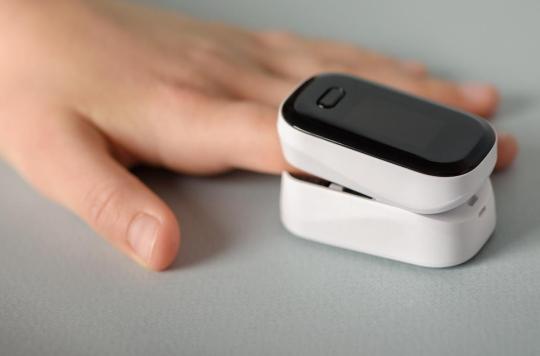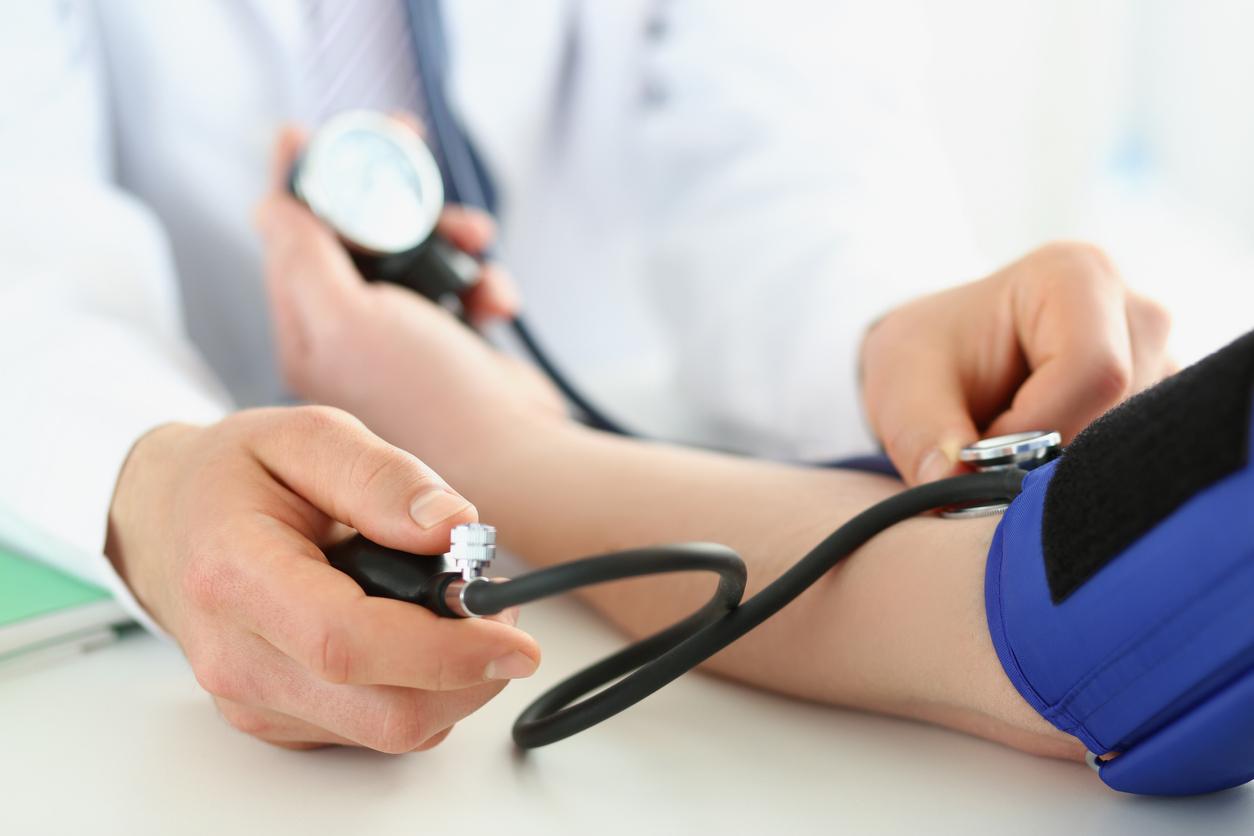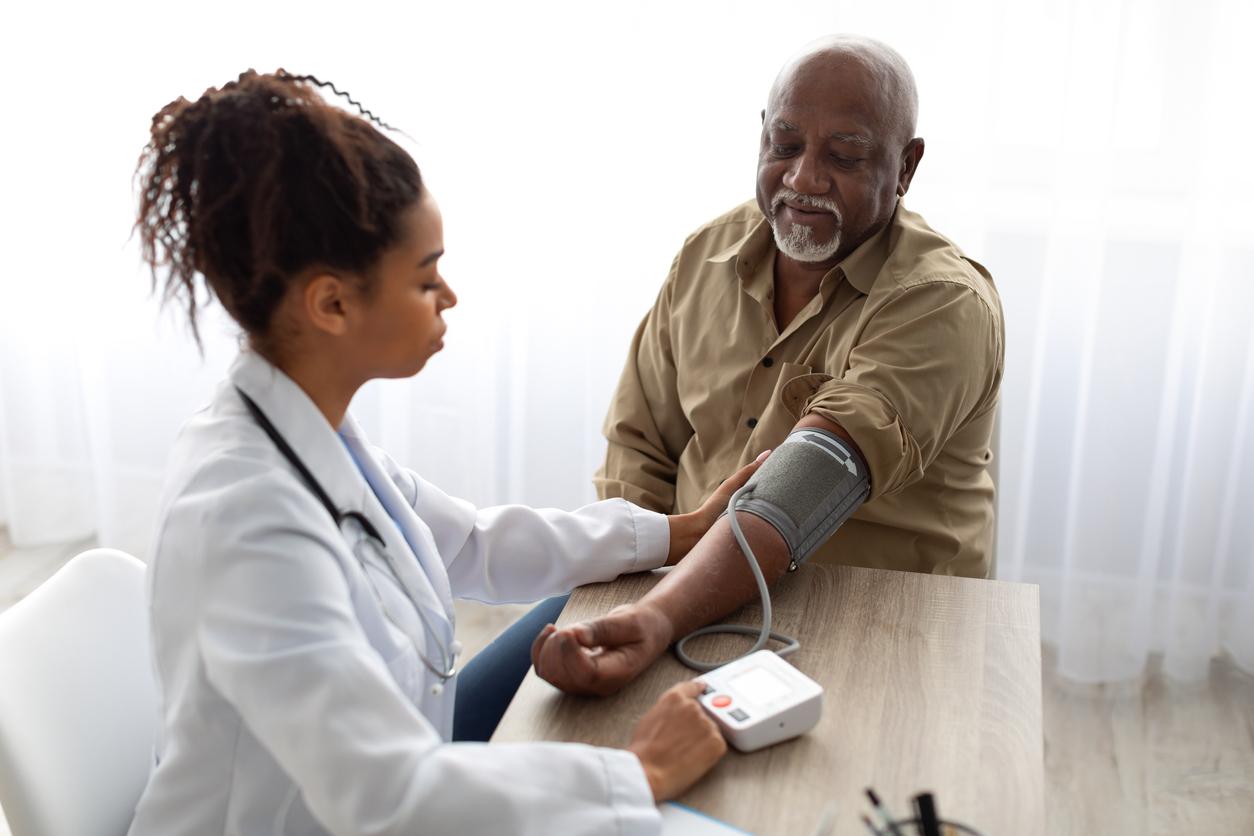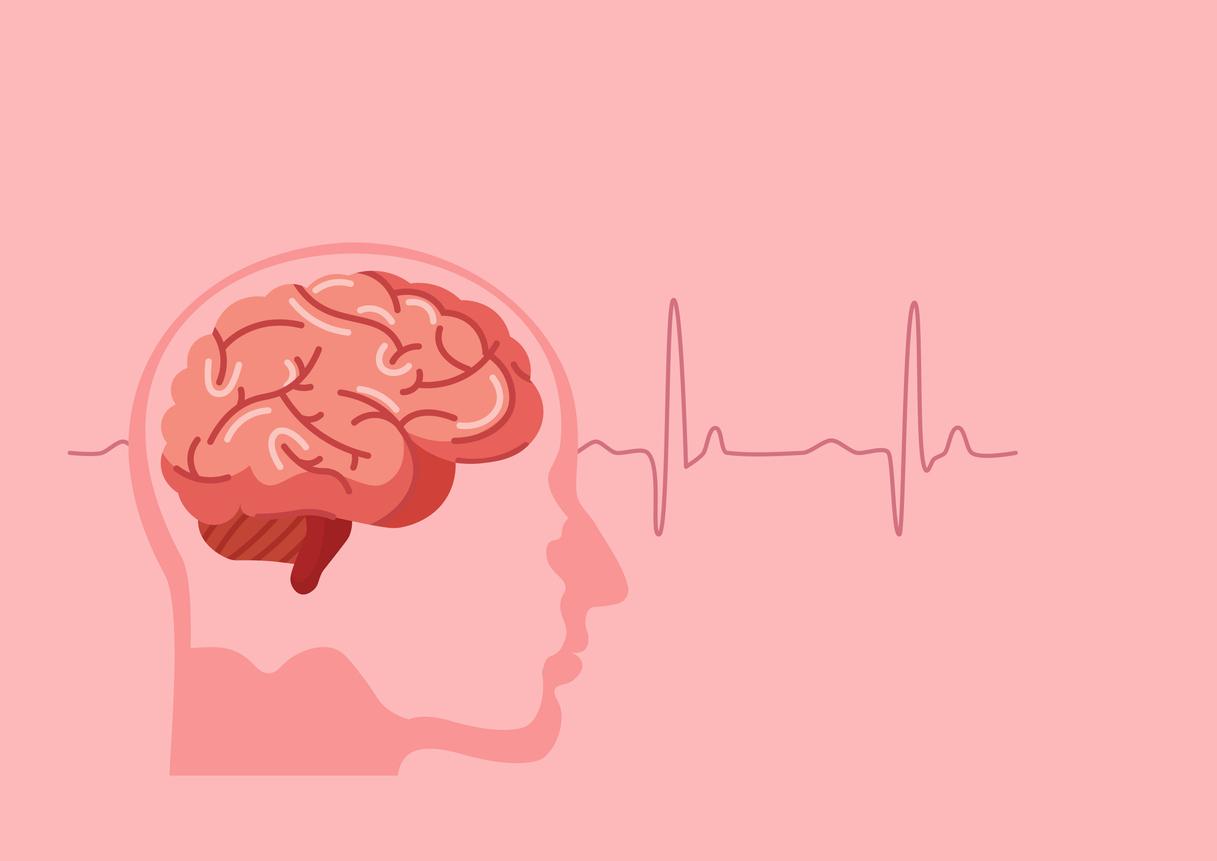The device provides several medical data, in addition to blood pressure: heart rate, blood oxygen saturation, body temperature and respiratory rate.

- Blood pressure is the blood pressure in the arteries.
- The data collected by the device is transmitted to a computer: it is an algorithm that calculates the blood pressure.
- The tool could be used in medical studies to determine what vital data is involved in certain diseases, such as Covid-19.
Doctors make people nervous, and they can’t do anything about it! Several studies have shown that there is an effect “White blouse“: the presence of a doctor stresses the patients, without their being aware of it. This results in an abnormal rise in blood pressure. However, this medical data is important, it makes it possible to detect various pathologies, including American researchers have created a tool for measuring blood pressure that could combat this bias.They present their device in the scientific journal IEEE Sensors Journal.
Five seconds to get blood pressure
This new machine is shaped like a finger clip: it measures blood pressure, heart rate, blood oxygen saturation, body temperature and respiratory rate. “Typically, calculating a person’s blood pressure in a hospital or clinic involves using an inflatable cuff wrapped around their arm, but this method has three problems: it can damage someone’s arteries one if performed repeatedly in a short period of time; blood pressure may rise due to nervousness and it may take up to 30 seconds“, explains one of the authors of this study, Richard Byfield. This new device makes it possible to measure blood pressure in just five seconds, thanks to optical sensors placed at the end of the finger which measure the amount of light reflected by the blood vessels. below the surface of the skin.The two sensors, called PPG for photoplethysmography, are located at two different points on a finger to capture a person’s pulse to calculate pulse wave velocity or the speed at which the blood circulates.
High accuracy rates
A first test was carried out with 26 participants: the accuracy rate was around 90% for systolic blood pressure and 63% for diastolic blood pressure. According to Richard Byfield, this variation is normal because the diastolic pressure, which is a person’s minimum blood pressure, can change significantly depending on a person’s age and can also be controlled by various factors, including age. , arterial stiffness, overall health and body weight. The scientist acknowledges that there can be problems with this type of measurement: “if you move a PPG sensor while it is reading, it can affect the waves that are recorded“, he explains.
A future marketing?
A provisional patent has been filed for this device. Researchers are currently working on developing it for home use, but it could also be used in the hospital setting. According to them, this could allow caregivers to obtain several vital data for the patient with a single device, and thus relieve their workload.

.















